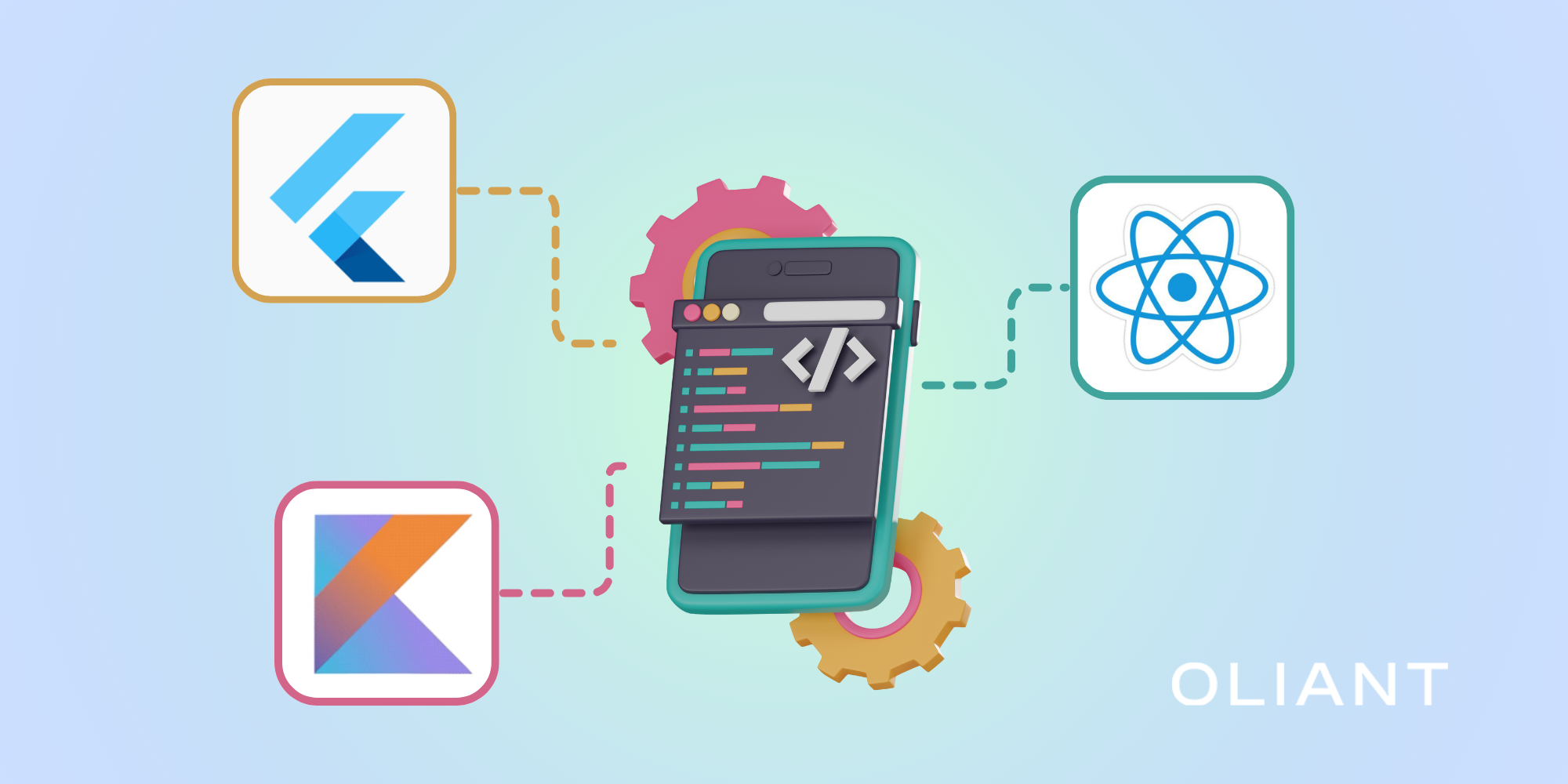Just like everyone else, I recently got my eye caught by the phenomenon known as vibe coding.
As someone who’s spent countless hours debugging code, mentoring developers, and exploring the latest in AI and data science innovations, I’ve seen pretty much everything. I’ve witnessed firsthand innovations that completely reshaped our world, while others just stirred up a hype storm before vanishing under the next big thing.
Vibe coding is the latest in a series of debates about the possible AI and LLM software development applications, and I wanted to know what it was all about.
Today, I want to take you through what vibe coding is, how it functions in practice, and why it’s quickly becoming a hot topic of discussion. Let’s start by getting into the world of AI-assisted coding.
What Is Vibe Coding?
Vibe coding is essentially a form of AI-assisted coding where large language models (LLMs) take on the bulk of the coding workload. The idea really started to pick up steam earlier in March, thanks to a post by Andrej Karpathy, who also coined the term.
“There's a new kind of coding I call "vibe coding", where you fully give in to the vibes, embrace exponentials, and forget that the code even exists. It's possible because the LLMs (e.g. Cursor Composer w Sonnet) are getting too good. Also I just talk to Composer with SuperWhisper so I barely even touch the keyboard. I ask for the dumbest things like "decrease the padding on the sidebar by half" because I'm too lazy to find it. I "Accept All" always, I don't read the diffs anymore. When I get error messages I just copy paste them in with no comment, usually that fixes it. The code grows beyond my usual comprehension, I'd have to really read through it for a while. Sometimes the LLMs can't fix a bug so I just work around it or ask for random changes until it goes away. It's not too bad for throwaway weekend projects, but still quite amusing. I'm building a project or webapp, but it's not really coding - I just see stuff, say stuff, run stuff, and copy paste stuff, and it mostly works.”
As the OpenAi co-founder says, with vibe coding, developers—or even people with limited coding experience—can simply describe the functionality they need in plain English. The AI then translates these descriptions into working code.
At its core, vibe coding shifts the focus from memorizing intricate syntax to expressing ideas and designs. The AI, trained on vast code repositories and language patterns, generates code snippets, modules, or even entire applications from simple prompts. It’s like having a highly knowledgeable pair-programmer who’s always ready to jump in when you provide the initial idea.
However, while vibe coding seems revolutionary, it doesn’t come without controversy. Traditional programmers are already arguing that relying on AI to generate code can lead to a superficial understanding of the underlying logic, making it hard to debug and maintain complex systems over time.
I’ve seen this tension firsthand. There’s a bittersweet irony: while AI can significantly accelerate development, it also risks producing “vibe-coded” messes that require serious cleanup and even more professional intervention later.
[ Also check out: How DeepSeek can Reshape AI ]
How Vibe Coding Works
What makes vibe coding so appealing is the fascinatingly simple and iterative nature of its process. Here’s how it typically unfolds:
- Express Your Vision in Natural Language:
Instead of typing out every intricate command, you simply describe what you want. For example, you might say, “I need a simple web page that shows the current weather for a given city.” The clarity of natural language means you don’t have to remember every detail of HTML, CSS, or JavaScript syntax. - AI Generates Code:
The AI, leveraging advanced LLMs like those behind GitHub Copilot, ChatGPT, or specialized tools like Cursor and Replit, churns out code based on your request. This code might come in the form of a fully functioning web page, a basic app prototype, or even a backend API. - Review and Iteration:
Once the AI produces the code, it’s up to you to review it. This stage is critical, as the generated code may not always be perfect or optimized, and will make all the difference between something functional and trash. You offer feedback, asking for adjustments like “make the design more vibrant” or “add error handling for user input.” The AI then refines its output. This back-and-forth dialogue continues until you’re satisfied with the result. - Debugging and Integration:
Often, things don’t work the first time. Error messages, unforeseen bugs, or awkward code structures can arise. In the spirit of vibe coding, you can simply copy an error message back to the AI, which will ideally suggest a fix, or at least explain what went wrong. It’s akin to having a tireless junior programmer who’s always ready to patch things up.
This iterative approach not only speeds up the development process but also lowers the barrier to entry. Individuals who might not be fluent in traditional coding languages can bring their ideas to life.
Yet, while this democratization is exciting, it also raises concerns about long-term maintainability and security. After all, relying on an AI without a solid understanding of the code it generates leaves room for lurking vulnerabilities.

Popular Vibe Coding Tools
Already, there are several tools that have proven themselves useful when it comes to assisting with vibe coding. Let’s take a quick look.
Cursor
A powerful AI-integrated code editor that allows natural language prompts to modify and generate code within a familiar environment like VS Code. Cursor strikes a balance between automation and control, letting users review diffs before acceptance.
Replit
This online IDE has embraced vibe coding wholeheartedly, boasting that a significant portion of its users never write a single line of code. Its integrated Ghostwriter AI enables users to bring ideas to life with minimal effort, making coding accessible to a broader audience.
GitHub Copilot
Developed collaboratively by GitHub and OpenAI, Copilot is the quintessential AI pair-programmer. It excels at autocompleting code based on natural language comments and is increasingly being used to handle boilerplate code.
ChatGPT and Other LLMs
Traditional chat-based interfaces like ChatGPT have proven themselves as valuable assistants for vibe coding. By simply describing the task at hand, developers can obtain code snippets, troubleshoot errors, and get explanations for complex logic.
Each of these tools leverages the power of LLMs to simplify the coding process. They’re quickly becoming instrumental in how vibe coding blends natural language processing with software development.
[ Also check out: Salesforce AI — What it is and How it Works ]
Is Vibe Coding the Future of Software Development?
The popularity of vibe coding is as much about the excitement of AI’s potential as it is about the anxiety it generates among veteran developers. There are several key points to go over.
Speed vs. Understanding
Vibe coding is incredibly fast. Tasks that previously would have taken days or weeks can now be accomplished in mere hours. However, this speed often comes at the expense of deep understanding.
Professional developers worry that over-reliance on AI for generating code might erode the foundational skills of programming in the long term. As someone who has mentored many junior coders, I see the allure of quick wins, but I also understand the importance of learning the underlying principles.
Maintenance and Quality Control
One of the recurring concerns I’ve observed—both in my professional experience and in discussions on various forums—is about maintenance. Vibe-coded applications can evolve into tangled messes if not properly managed.
The issue isn’t whether AI-generated code is inherently insecure; rather, it’s about the lifecycle of development and how updates, patches, and security fixes are handled over time. If the original vibe coder isn’t engaged with the software long-term, who will ensure that security exploits are patched promptly?
Impact on Professional Services
As with everything else, there are concerns about how vibe coding could affect the software industry at large. An ongoing argument that while vibe coding might lower the initial cost of development, it could inadvertently increase the demand for professional services down the road.
Essentially, as more people create prototypes and quick fixes using AI, the need for experienced developers to step in and stabilize these projects will rise. This scenario is reminiscent of DIY home renovations where, after a quick and dirty fix, you eventually need a contractor’s expertise to maintain the quality and safety of the build.
Cultural Shifts
Another intriguing aspect is the potential for a cultural shift in how we create software. With vibe coding, software development could become more accessible to younger demographics and even those outside traditional tech fields. This influx of fresh perspectives might accelerate innovation, leading to software that is more aligned with current cultural trends (think software memes and post-modern, fragmented UX designs).
However, this also raises the possibility of a proliferation of poorly maintained, rapidly churned out applications that lack the robustness of professionally crafted code.
The Role of AI in Developer Productivity
While I remain skeptical that LLMs will completely replace programmers, it’s undeniable that AI is reshaping our workflow. Tools like GitHub Copilot, Cursor, and Replit’s Ghostwriter are already proving themselves invaluable in automating routine tasks. They’re not here to steal our jobs, but to free us up for more complex, creative problem-solving.
Yet, the more we rely on these tools, the less we might understand the code beneath the surface—a trade-off that continues to stir debate among peers.
Final thoughts
Vibe coding is definitely a double-edged sword. It offers tremendous potential for speed and accessibility. The idea that even non-developers can launch functional prototypes with a few well-crafted prompts is nothing short of revolutionary. It democratizes software development, much like how social media platforms democratized content creation.
On the other hand, I have reservations. The rapid prototyping that vibe coding enables might lead to a surge in projects that are difficult to scale or secure. In many ways, this mirrors the notorious “spinning icon of death” we see on platforms burdened by poorly integrated AI features. The lack of a deep, foundational understanding of the code can be a recipe for long-term maintenance nightmares, security vulnerabilities, and unplanned professional interventions.
While the notion of “vibe designing” may eventually evolve into a more stable visual paradigm, for now, we’re in the early, messy stages. It’s exciting to witness this transformation, but it’s equally important to remain cautious. The promise of a future where PMs dictate outcomes rather than code requires both a cultural shift in expectations and a reinvention of quality assurance practices.
One thing is clear: the conversation around AI-assisted coding will only intensify in the coming years. Whether you’re a die-hard coder or a curious newcomer, keeping an eye on these developments is essential—as they might just define the future of software development.




















.png)





.png)



.png)










.avif)










.avif)
